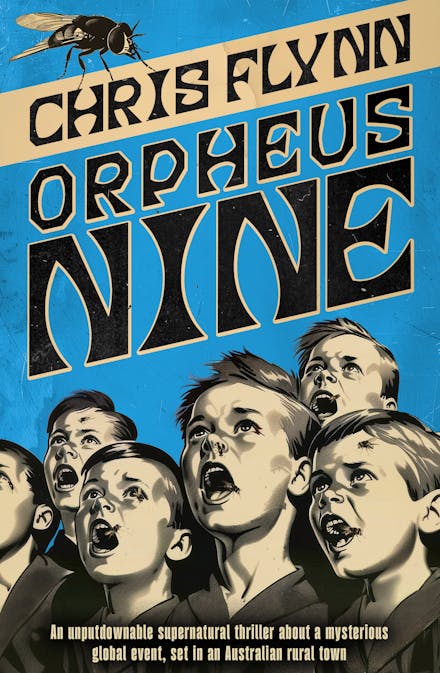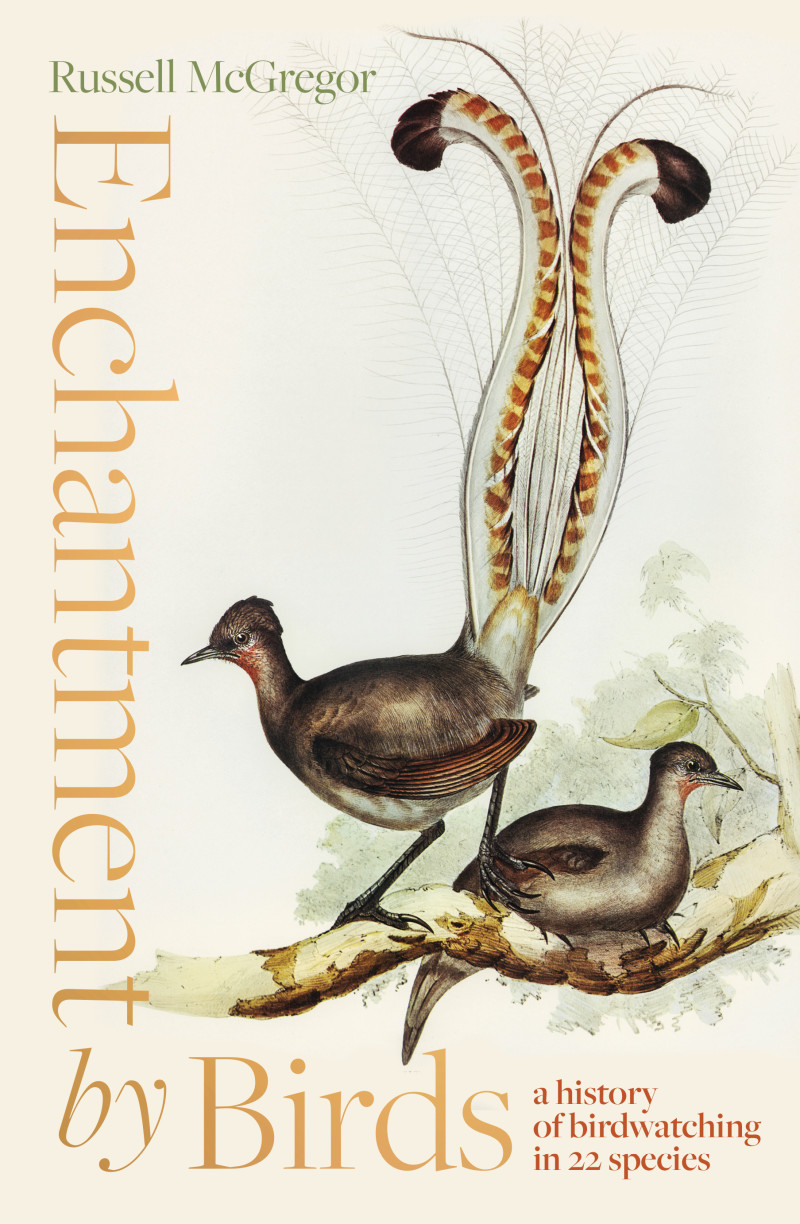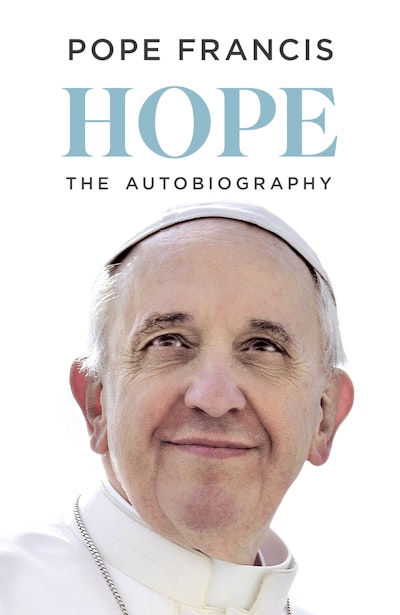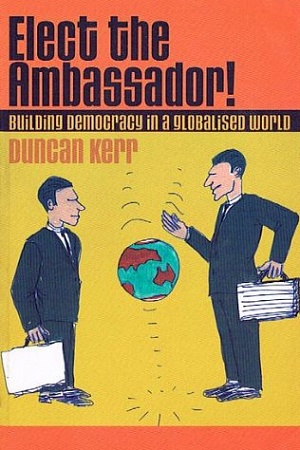Fact or Fission: The truth about Australia’s nuclear ambitions
Scribe, $35 pb, 352 pp
Nuclear Australia

On 15 September 2021, Scott Morrison announced his government’s commitment to a defence pact and nuclear submarine deal with the United Kingdom and United States. Abbreviated to AUKUS, this collaboration sent shockwaves through ranks of diplomats, security analysts, anti-nuclear advocates, and members of the Australian public. In signing the AUKUS pact, Morrison signalled Australia’s termination of a $90 billion submarine deal with the French government and reignited concern over Australia’s role in fuelling nuclear proliferation and potential conflict. Drawing upon ‘insider’ knowledge as a former diplomat, Richard Broinowski has contributed to the discussion by placing AUKUS in its historical context in an updated edition of his book Fact or Fission? The truth about Australia’s nuclear ambitions, originally published in 2003.
Continue reading for only $10 per month. Subscribe and gain full access to Australian Book Review. Already a subscriber? Sign in. If you need assistance, feel free to contact us.














Comment (1)
Despite repeated promises by the UK not to develop thermonuclear bombs in Australia, the British design of its H bomb began in the mid 1940s and the Australian tests and trials starting in 1952 were concerned with its development in tandem with the development of atomic weaponry, much of which was - and is - done at Woomera.
Of the 200 kiloton yield of the ten bombs detonated in the four years following October 1952 to October 1956, 140 kilotons were detonated in the six months prior to the opening of the 1956 Olympics down wind of the Monte Bellos and Maralinga in Melbourne. The goal from the outset was to demonstrate a British H bomb in 1957 despite the fact that Prime Ministers Ben Chifley and Robert Menzies both knew that the Olympics would be hosted in Melbourne in November 1956.
I report the archival evidence for this revisionist narrative of The Making of the British H bomb in Australia: from the Monte Bellos to the 1956 Melbourne Olympics on http://www.rabbittreview.com
Sue Rabbitt Roff
Leave a comment
If you are an ABR subscriber, you will need to sign in to post a comment.
If you have forgotten your sign in details, or if you receive an error message when trying to submit your comment, please email your comment (and the name of the article to which it relates) to ABR Comments. We will review your comment and, subject to approval, we will post it under your name.
Please note that all comments must be approved by ABR and comply with our Terms & Conditions.